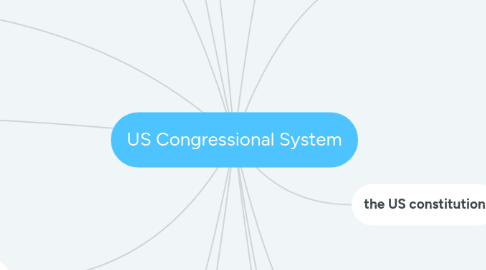
1. Government
1.1. A government is the system or group of people governing an organized community, often a state.
1.2. The government is composed of three distinct branches: legislative, executive and judicial
1.3. The leader is the president
1.4. Headquarters The White House
2. The Presidency
2.1. The president is elected by the entire country to lead the US government for a four year term. The president controls US government’s policy and departments. Only the president and vice-president are elected officials with the rest of the cabinet being chosen once a new executive has been elected.
3. The House of Representatives
3.1. The House of Representatives is the primary chamber of Congress and contains 435 legislators elected by approximately equally sized electoral districts for two year terms. Its role is to lead the legislative debate, drafting new laws to deal with the country’s ever changing issues.
3.2. The composition of the House is established by Article One of the United States Constitution
4. The Senate
4.1. The senate is the secondary chamber of Congress and contains two elected legislators to represent each of the USA’s 50 states for a six year term. As states vastly differ in population size, the Senate can be considered a less democratically legitimate chamber than the House of Representatives. This is because all Senators, whether they represent 36m people (California) or 0.5m people (Wyoming), have an equal vote in the Senate.
5. President
5.1. Status: Head of State and Head of Government
5.2. there have been 45 presidents in the us
5.3. Donald Trump is the curent president
6. judicial activism
6.1. Judicial activism refers to judicial rulings that are suspected of being based on personal opinion, rather than on existing law. It is sometimes used as an antonym of judicial restraint. The definition of judicial activism and the specific decisions that are activist are controversial political issues.
7. First it is a bill then it become a low
8. Executive order
8.1. In the United States, an executive order is a directive issued by the president of the United States that manages operations of the federal government. ... Presidential executive orders, once issued, remain in force until they are canceled, revoked, adjudicated unlawful, or expire on their own terms.
9. States
9.1. The United States of America is a federation of 50 individual states that have pooled their collective sovereignty to create a single central authority, the federal government
10. Power
10.1. Separation of powers: USA’s three distinct and independent central institutions
10.1.1. An elected president (the executive) oversees the US government
10.1.2. An elected congress (the legislature) designs and passes laws
10.1.3. An appointed supreme court (the judiciary) upholds the law.
10.1.4. A doctrine of constitutional law under which the three branches of government (executive, legislative, and judicial) are kept separate. This is also known as the system of checks and balances, because each branch is given certain powers so as to check and balance the other branches. an elected president (the executive) oversees the US government, an elected congress (the legislature)
11. the US constitution
11.1. America's national government and fundamental laws, and guaranteed certain basic rights for its citizens.
11.2. Made by the judicial supremacy
11.3. bill of rights
11.3.1. the English constitutional settlement of 1689, confirming the deposition of James II and the accession of William and Mary, guaranteeing the Protestant succession, and laying down the principles of parliamentary supremacy.
12. US Supreme Court.
12.1. The actions of the Presidency and Congress can be challenged in the US Supreme Court. This panel of nine judges is the USA’s highest court and is able to rule whether the federal government’s actions are in contravention of the US constitution or bill of rights. In being able to overturn legislation, the Supreme Court acts as the final safeguard against the tyranny of the majority (a situation in which legislators elected by the majority use their powers to infringe on the rights of the minority).
12.1.1. Nine Justices make up the current Supreme Court: one Chief Justice and eight Associate Justices.
12.1.2. Justices are appointed for life but can be impeached
13. Main political parties
13.1. The Democratic Party
13.1.1. a centre-left party with a historic focus on social justice and equality
13.2. The Republican Party (GOP)
13.2.1. a centre-right party with a historic focus on fiscal and social conservatism.
